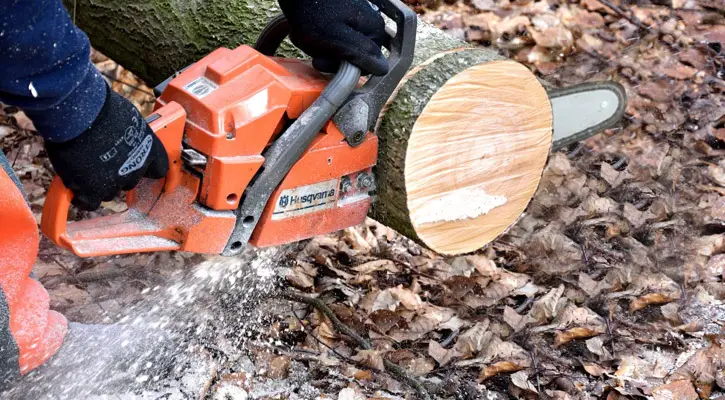Plywood is bad from a sticking aspect. Too much rebound. As others said, endgrain is best. Cottonwood and sycamore are best, pine is acceptable. Oak, pecan, mesquite, hickory, i.e., hardwoods should be avoided. Target butts angled back are not conducive to sticking either. The target butt face should be as close to vertical as possible.
Rotation is not a bad thing, but you must dial in your distances for each 1/2 spin and/or no-spin distance.
Looking at just rotational throwing - most people start out too far away for their initial throwing because the "cool factor" of sticking a knife from 20 or 30 feet is so seductive.
IKTHOF rotational throwing is from 5 distances/rotations - 2M- 1/2 spin, 3M- 1 spin, 4M-1-1/2 spin, 5M- 2 spin and 7M- 2-1/2 spin. Or 6.5 ft, 10 ft, 13 ft, etc. In IKTHOF throwing, the distance is the MINIMUM you can stand at for the specified number of rotations. If you want to, you could stand back at 50 feet for a 1/2 spin rotation throw and be legal. No sane reason to do so, but you could.
Euro throw rules are 3 distances, all full spin throws - Europe doesn't allow blade throws in competition - 1/2/3 spin from 3/5/7M.
Almost no one over rotates at the exact minimum distance, but it can happen IF the thrower is shorter than normal - arm length, body length, leg length and knife length affect rotational speed.
Shorter knives spin faster than longer knives. Lighter knives bounce back faster.
IKTHOF standards for rotational knives are 12 inches minimum, 16 inches maximum and a minimum 12 ounces in weight. The rule of thumb is an ounce per inch. My rotational knives vary between 12 inches and 16 inches, with weights ranging from 12 ounces to 20 ounces.
When teaching someone to throw, I start them out at the 3M/10ft distance which is a 1 full spin throw. This takes the "oh my god I'm holding a knife by the blade and throwing it" concern out of the newbie's mind. It also provides an additional 3 feet of reaction space for a bad bounce.
Start out 10 feet from the target. Throw at the target. WATCH the knife. Does it hit point up or point down. If it hits point up, move 3 to 6 inches back and try again. Rinse and repeat until the knife is hitting point first. If it hits point down at a range of 10 feet, you have to change either your stance, your release, the throwing speed or some combination of the three. This is because 10 feet is the MINIMUM distance for a 1 spin throw and moving closer would violate the "rules".
After you have your 1 spin distance dialed in, then and only then should you add a distance.
You have choices - move closer to 2M for a 1/2 spin throw, move out to 4Mfor a 1-1./2 spin throw or further out to 5M for a 2 spin throw.
I usually move folks in to the 1/2 spin distance. My recommendation to folks is when first learning to throw, pick your starting distance (1/2 or 1 spin) and only throw that distance until you can reliably stick a knife 25 times in a row without a bounce off before adding a new distance.
As above, start at the 2M mark, hold your knife by the blade and throw, again watching how the knife hits - point up or down. Move back as required.
I like to have folks move only 3 to 4 inches at a time. The most I have folks move is the distance of 1 foot length of the thrower. That's not "1 foot", i.e., 12 inches. That's the length of ONE of the thrower's feet. That comes from the method of finding your mark when throwing in a mountain man style of throw where your ONLY reference point on the ground is a 10 foot indicator.
One steps off XX feet lengths from the 10 ft mark to the throwers 1 or 2 spin knife distance or the throwers 1, 1-1/2 and 2 spin hawk distances.
Throwing knives do NOT require a live edge. They simply need to be pointy enough to stick and have enough of a grind on the edge to not be a blunt piece of steel. One CAN throw live edge knives, but that takes special practice, special grips, etc.
No-spin is a whole nother kettle of fish.

